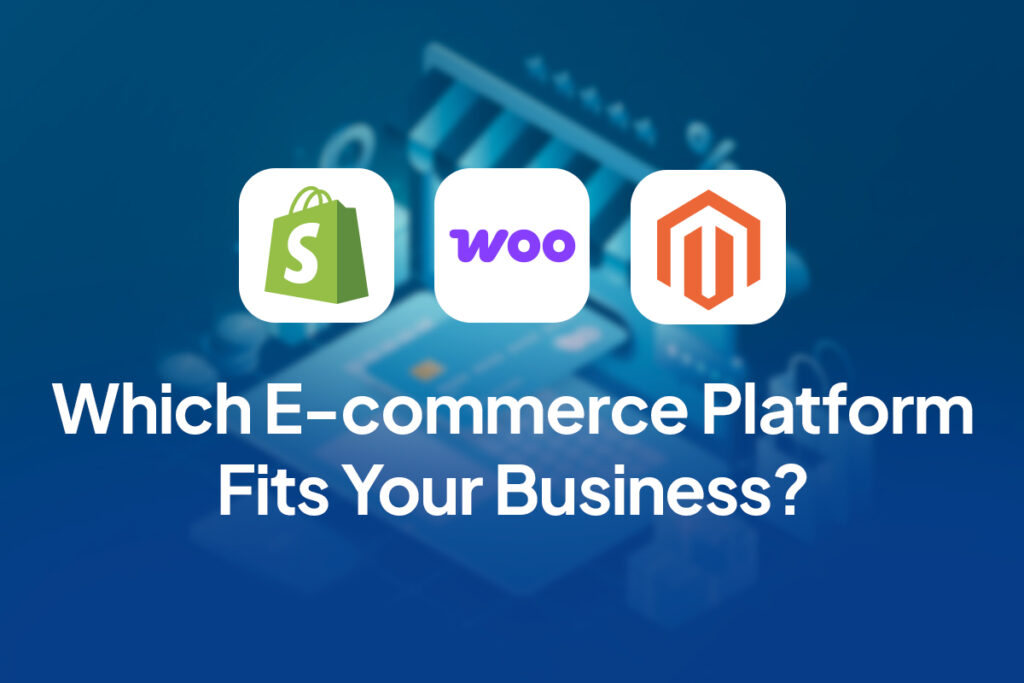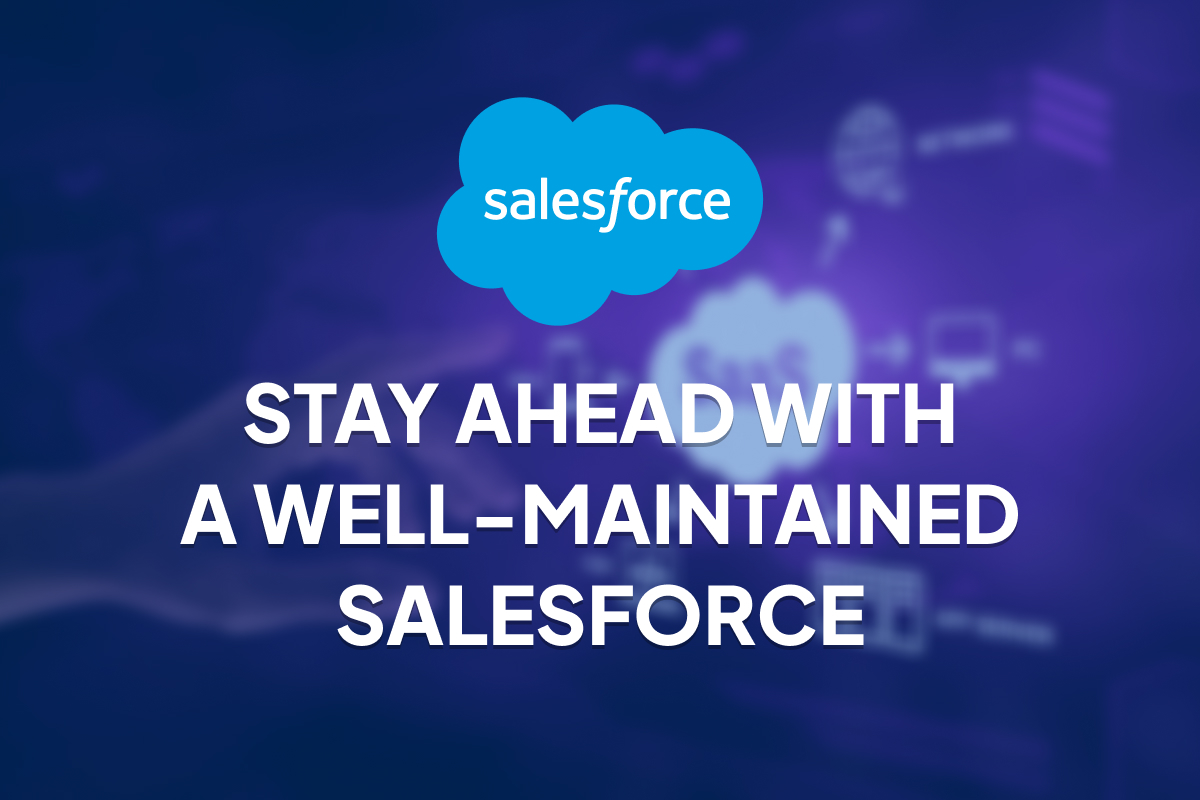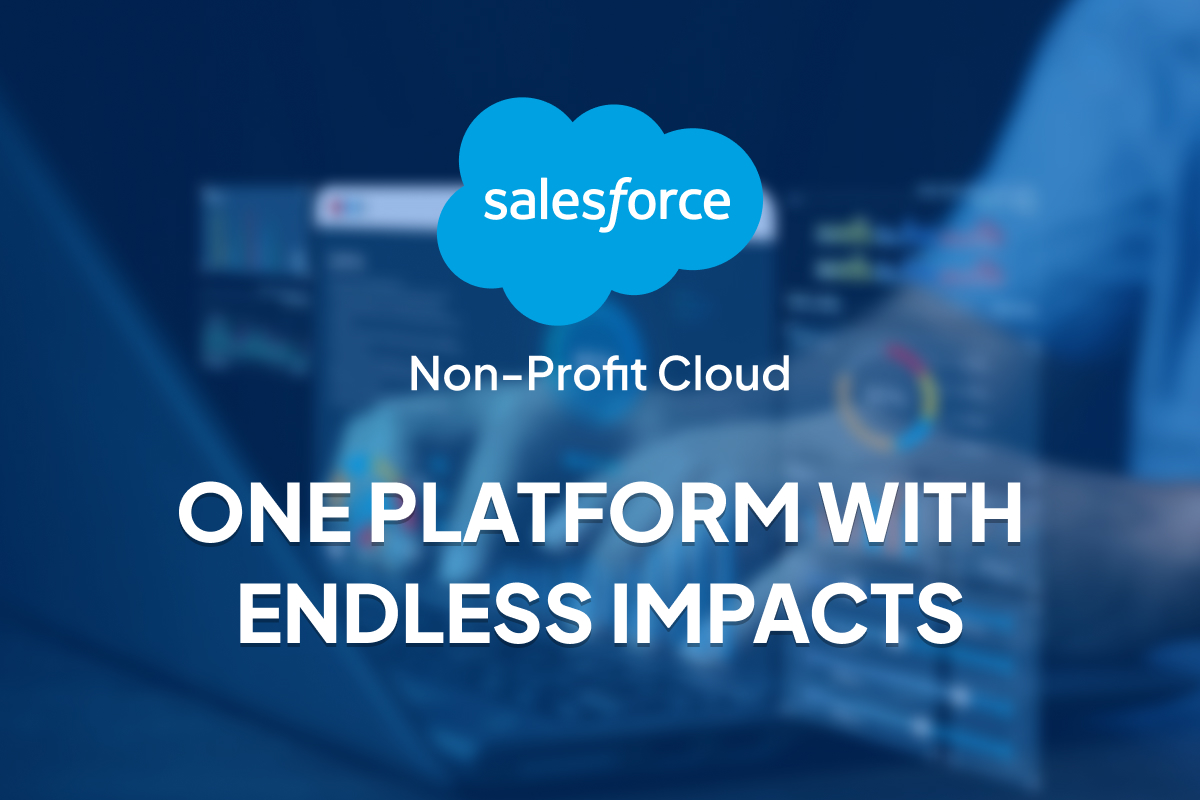Choosing the right e-commerce platform can make or break your online business success. With Shopify taking 26% and WooCommerce holding a middle ground at a 20% market share, these platforms dominate the e-commerce landscape alongside Magento. But which one is right for your business?
This comprehensive comparison analyzes Shopify, WooCommerce, and Magento across the most critical factors: features, costs, scalability, and performance. Whether you’re launching your first online store or migrating from an existing platform, this guide will help you make an informed decision based on your specific business needs and budget.
Shopify vs WooCommerce vs Magento – Platform Overview
Shopify: The All-in-One Solution
Shopify is a fully-hosted, cloud-based e-commerce platform designed for ease of use. Shopify is a more user-friendly platform that is perfect for smaller businesses that wish to start an eCommerce website without committing too much time, money and effort. The platform handles hosting, security, and updates automatically, making it ideal for entrepreneurs who want to focus on selling rather than technical management.
WooCommerce: The WordPress-Powered Option
WooCommerce is not a full-fledged CMS, but just an e-commerce plugin for WordPress. But this doesn’t make it any less powerful. WooCommerce is most suitable for businesses that are already running a WordPress-based website and wish to enrich it with e-commerce functionality. As an open-source solution, it offers extensive customization possibilities.
Magento: The Enterprise Powerhouse
Magento was released in 2008. It was acquired by Adobe Inc. in 2018. Magento offers better performance, security, and ease of use. Compared to WooCommerce and Shopify, Magento is more feature-rich. If you’re running a medium-to-large e-commerce business or have extensive operations in multiple industries, Magento is the standout choice.
Pricing and Cost Comparison

Shopify Pricing Structure
The plans include Basic ($39), Shopify ($105), and Advanced ($399). Each plan comes with a monthly (or yearly, with 25% off) subscription fee, and pricing is tiered based on the features and capabilities offered.
Detailed Shopify Pricing:
- Shopify Starter: $5/month + 5% and 30¢ per transaction
- Shopify Basic: $39/month + 2.9% and 30¢ per transaction
- Shopify: $105/month + 2.6% and 30¢ per transaction
- Shopify Advanced: $399/month + 2.4% and 30¢ per transaction
Total Cost of Ownership: Shopify’s pricing is predictable, with all hosting, security, and basic features included. However, premium apps and themes can increase costs significantly.
WooCommerce Pricing Structure
WooCommerce is a free, open-source plugin for WordPress. However, the “free” nature can be misleading when you factor in additional costs:
WooCommerce Cost Breakdown:
- Core Plugin: Free
- WordPress Hosting: $5-$50+ per month
- Domain Registration: $10-$15 per year
- SSL Certificate: $0-$200 per year (often free with hosting)
- Premium Themes: $50-$200 one-time
- Essential Plugins: $100-$500+ per year
- Payment Processing: WooCommerce charges 2.9% + $0.30 for each transaction made with U.S.-issued credit or debit cards, plus it has separate hosting costs
Total Cost of Ownership: While initially appearing cheaper, WooCommerce’s total costs can rival or exceed Shopify when accounting for hosting, plugins, themes, and development time.
Magento Pricing Structure
Magento offers two main versions with different pricing models:
Magento Open Source (Free)
- Core Platform: Free to download
- Hosting: $20-$500+ per month (depending on requirements)
- Extensions: The Magento marketplace has over 5,000 different extensions to choose from. For the paid extensions, they cost around $30-$2,000
Adobe Commerce (Magento Enterprise)
- Licensing: Starting at $22,000+ per year
- Hosting and Support: Additional costs
- Implementation: $50,000-$500,000+ depending on complexity
Total Cost of Ownership: Magento requires significant upfront investment and ongoing maintenance costs, making it suitable primarily for large enterprises with substantial budgets.
Feature Comparison
(Icons of app/plugins of : Shopify vs WordPress vs Magento.)
Ease of Use and Setup
- Shopify: Winner for beginners. Intuitive drag-and-drop interface, guided setup process, and minimal technical knowledge required. Most stores can be launched within hours.
- WooCommerce: Moderate learning curve. Requires basic WordPress knowledge. Setup involves multiple steps, including hosting configuration, plugin installation, and theme customization.
- Magento: Steepest learning curve. Requires technical expertise or a dedicated development team. Complex admin interface with extensive configuration options.
Customization and Flexibility
- Shopify: Limited customization compared to open-source alternatives. Theme customization requires Liquid templating knowledge. The app ecosystem compensates for some limitations.
- WooCommerce: Highly customizable with access to source code. Thousands of WordPress themes and plugins are available. Can be tailored to virtually any business requirement.
- Magento: Magento stands out for its flexibility and scalability. It is a top choice for large-scale businesses. It offers advanced features like custom product catalogs and robust inventory management. Ultimate flexibility with complete source code access and extensive customization options.
Extension and App Ecosystem
- Shopify: Over 8,000 apps available in the App Store. Well-curated ecosystem with quality control. Apps range from free to $500+ per month.
- WooCommerce: WooCommerce has more than 550 extensions for its merchants. Access to the entire WordPress plugin repository with 50,000+ plugins. Mix of free and premium options.
- Magento: Adobe Commerce (Magento) offers approximately 4,000 extensions to its users. High-quality extensions are generally more expensive. Enterprise-focused solutions available.
SEO Capabilities
- Shopify: Good built-in SEO features with automated sitemaps, customizable meta tags, and clean URL structures. Limited control over technical SEO aspects.
- WooCommerce: Excellent SEO potential when paired with WordPress SEO plugins like Yoast or RankMath. Complete control over on-page and technical SEO elements.
- Magento: Among Magento, WooCommerce, and Shopify, Magento’s SEO score is the second-highest one, after Shopify and WooCommerce platforms. The key reason why the Magento platform’s SEO score is exceptionally high is that it is highly SEO-optimized from the outset. Advanced SEO features are built in with granular control options.
Scalability and Performance
Traffic and Transaction Handling
- Shopify: Excellent scalability with cloud infrastructure handling traffic spikes automatically. Can support high-volume stores without performance degradation. Shopify Plus offers enterprise-level scalability.
- WooCommerce: Scalability depends heavily on hosting quality and optimization. Can handle large catalogs and high traffic with proper hosting and caching solutions. Requires more technical management as you scale.
- Magento: The key difference between Magento and Shopify is that Magento is an open-source platform, while Shopify is a hosted solution. Superior scalability for complex B2B operations and multi-store setups. Handles large product catalogs (100,000+ products) efficiently with proper infrastructure.
Multi-Store Management
- Shopify: Shopify Plus supports multiple stores from one admin panel. Each store requires separate subscription fees. Limited cross-store functionality.
- WooCommerce: Multi-site capabilities through WordPress Multisite. Shared user base and centralized management are possible with proper setup. Cost-effective for multiple stores.
- Magento: Industry-leading multi-store functionality. Single admin panel for multiple stores, websites, and store views. Shared catalogs, customers, and inventory across stores.
International and Multi-Currency Support
- Shopify: Native multi-currency support and international shipping. Shopify Markets simplifies global expansion. Automatic currency conversion and localized checkout.
- WooCommerce: Multi-currency support through plugins like WooCommerce Multilingual. Good international capabilities with proper plugin configuration.
- Magento: Advanced international features including multi-currency, multi-language, and region-specific pricing. Superior B2B international functionality.
Security and Maintenance
Security Features
- Shopify: PCI DSS Level 1 compliance included. Automatic security updates and monitoring. SSL certificates included. Minimal security management required.
- WooCommerce: Security depends on the hosting provider and maintenance practices. Regular updates are required for WordPress, themes, and plugins. PCI compliance requires additional configuration.
- Magento: Robust security features when properly configured. Regular security patches are released. Adobe Commerce includes advanced security features. Requires ongoing security management.
Maintenance Requirements
- Shopify: Minimal maintenance required. Automatic updates and backups. The platform manages technical infrastructure.
- WooCommerce: Regular maintenance needed, including WordPress core, plugin, and theme updates. Backup management and security monitoring are required.
- Magento: High maintenance requirements. Regular updates, security patches, and performance optimization are needed. Requires technical expertise or a dedicated team.
When to Choose Each Platform
Choose Shopify If:
- You’re a small to medium-sized business prioritizing ease of use
- You want predictable monthly costs
- You need to launch quickly with minimal technical knowledge
- You prefer managed hosting and automatic updates
- You’re focused on B2C sales
Choose WooCommerce If:
- You already have a WordPress website
- You need extensive customization capabilities
- You want control over hosting and technical aspects
- You have technical skills or development resources
- Budget is a primary concern (initially)
Choose Magento If:
- You’re a large enterprise with complex requirements
- You need advanced B2B functionality
- You have significant technical resources and a budget
- You require extensive multi-store management
- You need ultimate customization flexibility
Making Your Decision
The choice between Shopify, WooCommerce, and Magento ultimately depends on your business size, technical expertise, budget, and growth plans.
- For most small to medium businesses, Shopify offers the best balance of features, ease of use, and scalability. In our March 2025 round of in-house research, we spent over 300 hours testing and comparing e-commerce website builders, and Shopify came out on top again.
- For budget-conscious businesses with WordPress experience, WooCommerce provides excellent value and flexibility, though it requires more hands-on management.
- For large enterprises with complex requirements, Magento delivers unmatched power and customization options, justified by its higher costs and complexity.
Consider starting with a platform that meets your immediate needs while ensuring it can scale with your growth. Many successful businesses begin with Shopify or WooCommerce and migrate to more robust solutions as they expand.
The Wrap-up
Each platform has distinct advantages depending on your business context. Shopify excels in user-friendliness and reliability, WooCommerce offers flexibility and cost-effectiveness, while Magento provides enterprise-grade power and customization.
Evaluate your priorities: if you value simplicity and support, choose Shopify; if you need flexibility on a budget, select WooCommerce; if you require enterprise features and have the resources, opt for Magento.
Remember that switching platforms later is possible but can be costly and time-consuming. Invest time in evaluating your long-term needs and choose the platform that best aligns with your business goals and technical capabilities.





